A tea bread. Yes. A cake? Well, perhaps, but it’s not quite as tender as one. A traditional loaf bread texture? No, not at all. More tender than that. It’s in-between. Chocolaty, yes, indeed! Delicious? Absolutely!
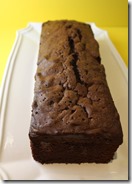 Oh my. Oh my. I knew, the moment I licked the beater that this bread or cake in a bread shape, was going to be sensational. The chocolate flavor – well, it’s just there. You know what I mean? If you don’t already read the blog from King Arthur Flour, you should. They have a very astute test kitchen, and of course, all they do is bake things – sweet and savory. Crackers, to doughnuts, to cakes, pies, breads of all kinds, and things like this, a tea bread. PJ Hamel was the test kitchen cook this time. I always love reading her stories – she’s witty. Here’s what she wrote in the preface to this recipe:
Oh my. Oh my. I knew, the moment I licked the beater that this bread or cake in a bread shape, was going to be sensational. The chocolate flavor – well, it’s just there. You know what I mean? If you don’t already read the blog from King Arthur Flour, you should. They have a very astute test kitchen, and of course, all they do is bake things – sweet and savory. Crackers, to doughnuts, to cakes, pies, breads of all kinds, and things like this, a tea bread. PJ Hamel was the test kitchen cook this time. I always love reading her stories – she’s witty. Here’s what she wrote in the preface to this recipe:
I brake for chocolate.
I also break for chocolate.
And bake with chocolate.
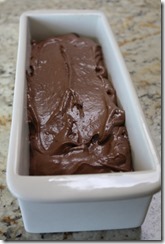 The day I baked this had been a doozy. A little – no, a big family crisis does something to the psyche. I was feeling wrenched. At a loss. I prayed about it – have been praying about it for several days. I’m sorry, I can’t share about it; it’s not my place to share. It’s still too raw. No, it’s not about me or my dear hubby. Someone else in the immediate family. Finally, after lulling myself with some TV shows on my Tivo, and having a short glass of sangria, I just decided I should bake something. We were going to friends for dinner, so I didn’t have to cook. I thought maybe I’d get it done in time to take some to them. Also thought baking might get me out of my slump. And it did.
The day I baked this had been a doozy. A little – no, a big family crisis does something to the psyche. I was feeling wrenched. At a loss. I prayed about it – have been praying about it for several days. I’m sorry, I can’t share about it; it’s not my place to share. It’s still too raw. No, it’s not about me or my dear hubby. Someone else in the immediate family. Finally, after lulling myself with some TV shows on my Tivo, and having a short glass of sangria, I just decided I should bake something. We were going to friends for dinner, so I didn’t have to cook. I thought maybe I’d get it done in time to take some to them. Also thought baking might get me out of my slump. And it did.
It had me looking back at the King Arthur blog piece because I decided to bake the loaf in the narrow tea loaf ceramic pan I have – that I love – and have only used a few times.
There was a little nugget of information on the blog about why/how we use different kinds of cocoa. This was provided in one of the comments to this recipe; it came from Frank, a pastry chef.
- It is always best to use the cocoa called for in the recipe rather than
making a substitution, but if you need to substitute, here is the
ratio.- Dutch Cocoa:
Substitute 3 Tablespoons natural cocoa plus 1/8 teaspoon baking soda.- Natural Cocoa:
Substitute 3 Tablespoons Dutch cocoa plus 1/8 teaspoon cream of tartar,
lemon juice, or vinegar.- So, when do you use each one? For recipes calling for more baking soda
than baking powder, you use natural cocoa.- If the recipe has more baking powder than soda, you will want a Dutched
cocoa due to the different alkali content. Using a natural cocoa will
give your baked goods a heavy, soapy taste.
I’m so glad I read that because had I not, I would have used a different cocoa. As it was, I dug in my lidded bin in my pantry for Penzey’s high fat Dutch-process cocoa, exactly what I needed for this tea bread.
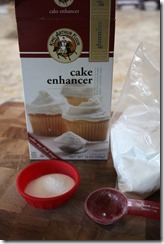 It took no time to mix it up. Butter, sugar, cocoa, a little jot of espresso powder (which brings out, or enhances the chocolate flavor in the loaf), baking powder, vanilla, also some of King Arthur Flour’s Cake Enhancer. Have you heard of it? It’s a type of emulsifier, and is
It took no time to mix it up. Butter, sugar, cocoa, a little jot of espresso powder (which brings out, or enhances the chocolate flavor in the loaf), baking powder, vanilla, also some of King Arthur Flour’s Cake Enhancer. Have you heard of it? It’s a type of emulsifier, and is 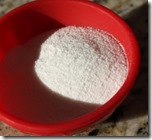 used a lot in professional kitchens and bakeries. It helps stabilize batters and breads and makes them or keeps them moist. So there were 2 T. of that in the batter too. Plus flour and milk. I think that was it. Nothing all that unusual, really.
used a lot in professional kitchens and bakeries. It helps stabilize batters and breads and makes them or keeps them moist. So there were 2 T. of that in the batter too. Plus flour and milk. I think that was it. Nothing all that unusual, really.
Into the elongated tea loaf pan it went and baked. According to KAF, to switch to the different pan I should reduce the baking time by about 25% from a standard bread pan. It took longer than that to get the tea loaf to just the right internal temp, but it baked in about 60 minutes. I let it cool awhile, then with a little bit of rocking motion it came out of the pan easily enough. I think next time I would put a piece of parchment in the bottom. I’ve added that note to the directions.
What’s GOOD: everything about it. This is really a cake, but it’s sturdy enough (or it has a dense enough texture) that you can slice it into thin slices. But it’s absolutely NOT dense like a banana bread, for instance, or zucchini bread. Not at all. Truly it’s a cake. And delicious. If you’re a chocolate nut, it will tick all your boxes for richness, chocolate flavor, toothsome-ness, if there is such a hyphenation. In a word, this is terrific.
What’s NOT: nothing. Nary a word could I say. Hoorays for the King Arthur Flour test kitchen.
printer-friendly PDF (created using Cute PDF Writer, not Adobe)
MasterCook 5+ import file – right click to save file (and remember where you put it), run MC, then File|Import
* Exported from MasterCook *
Chocolate Loaf Cake
Recipe By: King Arthur Flour, 2013
Serving Size: 20
1/2 cup butter — (8 tablespoons) preferably at room temperature for easiest mixing
1 1/2 cups sugar
3/4 teaspoon salt
2 teaspoons vanilla extract
1/2 teaspoon baking powder
2 teaspoons espresso powder — optional, to enhance chocolate flavor
2/3 cup Dutch-process cocoa powder
2 tablespoons Cake Enhancer — optional; for moistness (King Arthur product)
3 large eggs
1 1/4 cups all-purpose flour
3/4 cup milk
1. Preheat the oven to 350°F. Lightly grease a loaf pan: either 9″ x 5″, or 8 1/2″ x 4 1/2″. The smaller pan will yield a higher-crowned loaf. [My suggestion: put parchment paper in the bottom of the pan – makes it a whole lot easier to get out.]
2. In a medium-sized mixing bowl, beat together the butter, sugar, salt, vanilla, baking powder, espresso powder, cocoa, and Cake Enhancer to make a sandy, somewhat clumpy mixture. Don’t worry; the eggs will smooth things out.
3. Add the eggs one at a time, beating well after each addition. Scrape down the sides and bottom of the bowl midway through this process.
4. Add half the flour to the bowl, beating at low speed to combine.
5. Add all of the milk, beating at low speed to combine.
6. Add the remaining flour, beating gently just until the batter is smooth.
7. Pour the batter into the prepared pan.
8. Bake the cake for 60 to 70 minutes (or more), or until a toothpick inserted into the center comes out clean. The top may look a tiny bit damp; that’s OK. If you have an instant-read thermometer, the center will register about 205°F, while just under the top will register about 195°F. If baking in an elongated tea loaf pan, bake for about 50-60 minutes.
9. Remove the cake from the oven, loosen the edges, wait 10 minutes, and turn it out of the pan onto a rack to cool.
10. Store completely cooled cake well wrapped, at room temperature.
Per Serving: 154 Calories; 6g Fat (35.7% calories from fat); 3g Protein; 23g Carbohydrate; 1g Dietary Fiber; 45mg Cholesterol; 156mg Sodium.





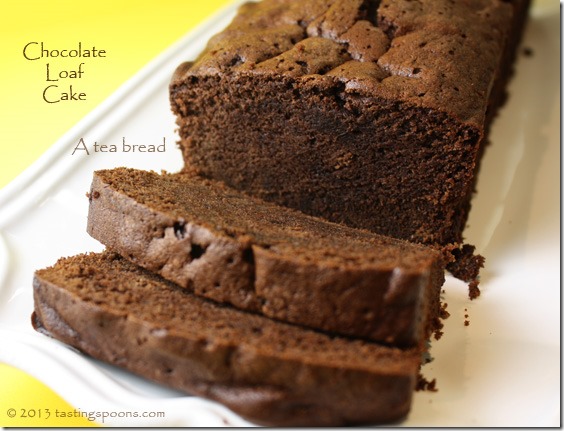

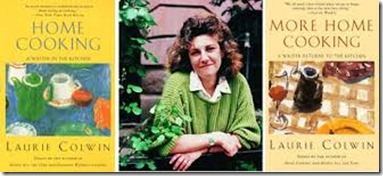
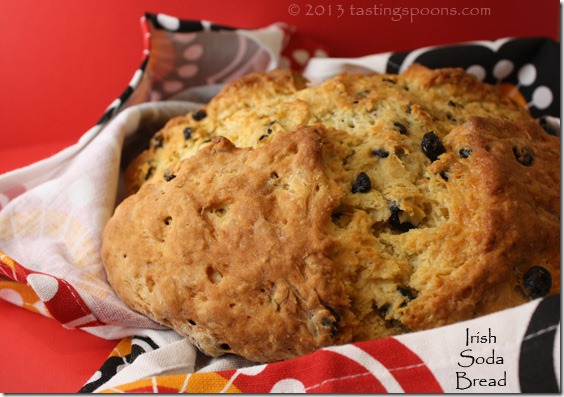



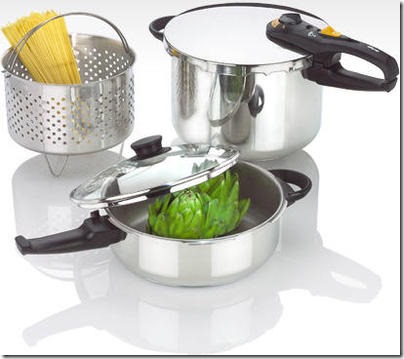
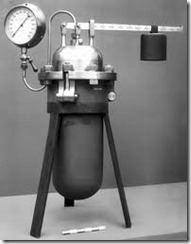
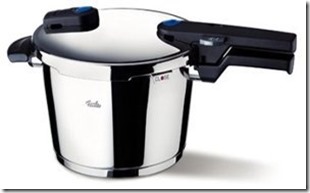
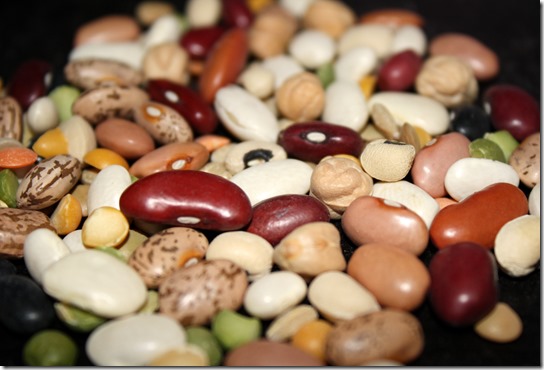
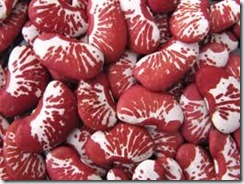
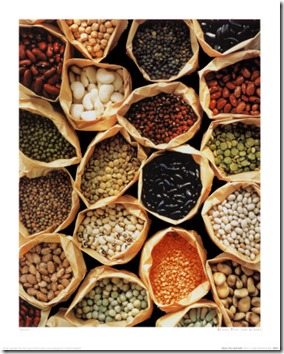
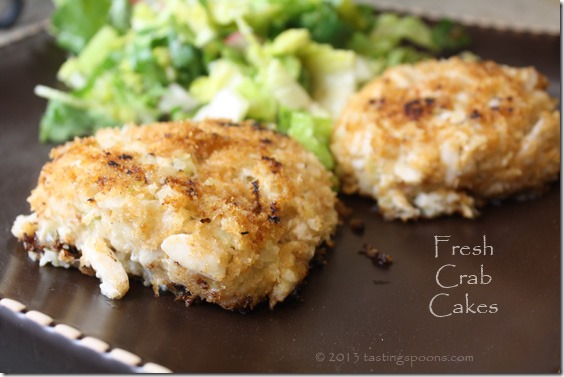
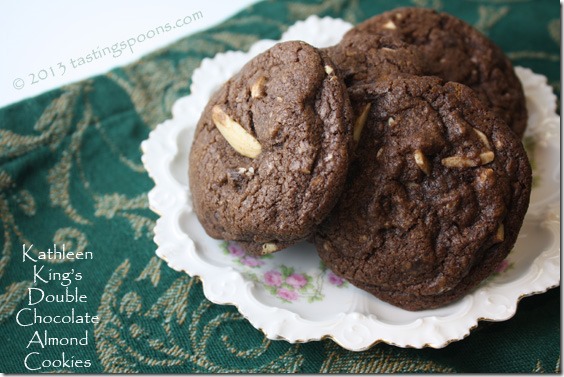
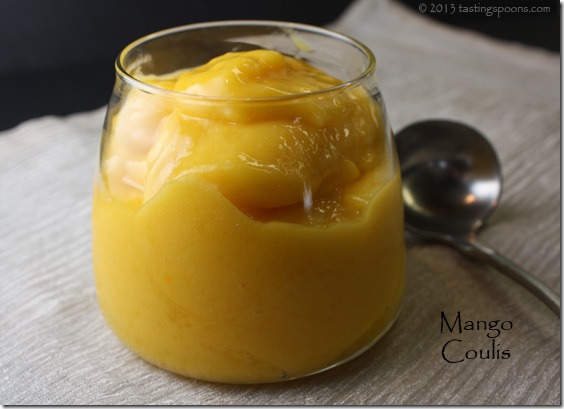
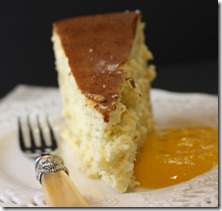
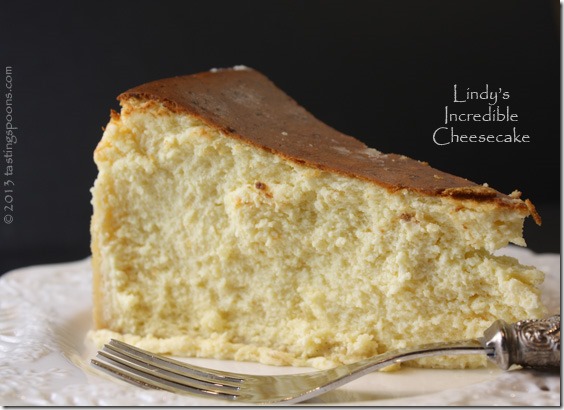
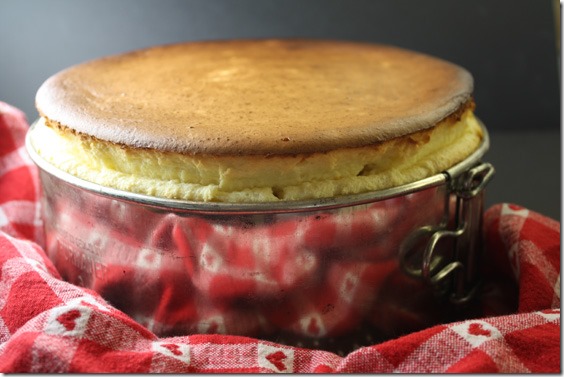
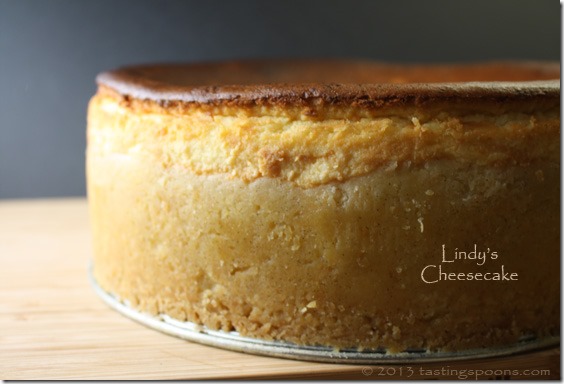
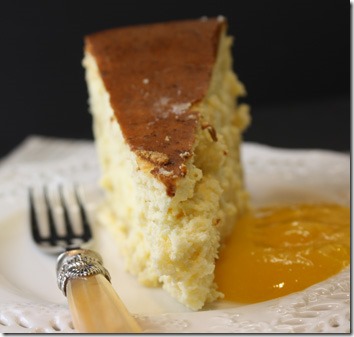
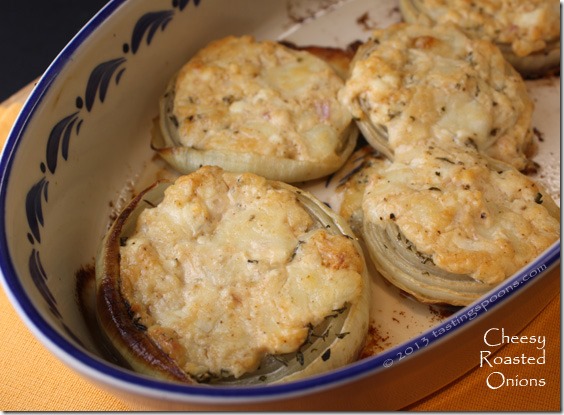
Leave a Comment!